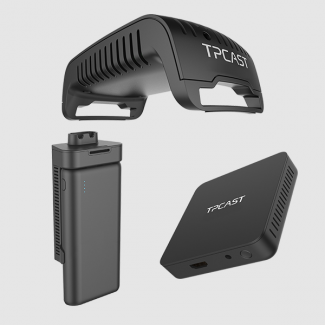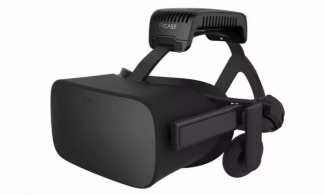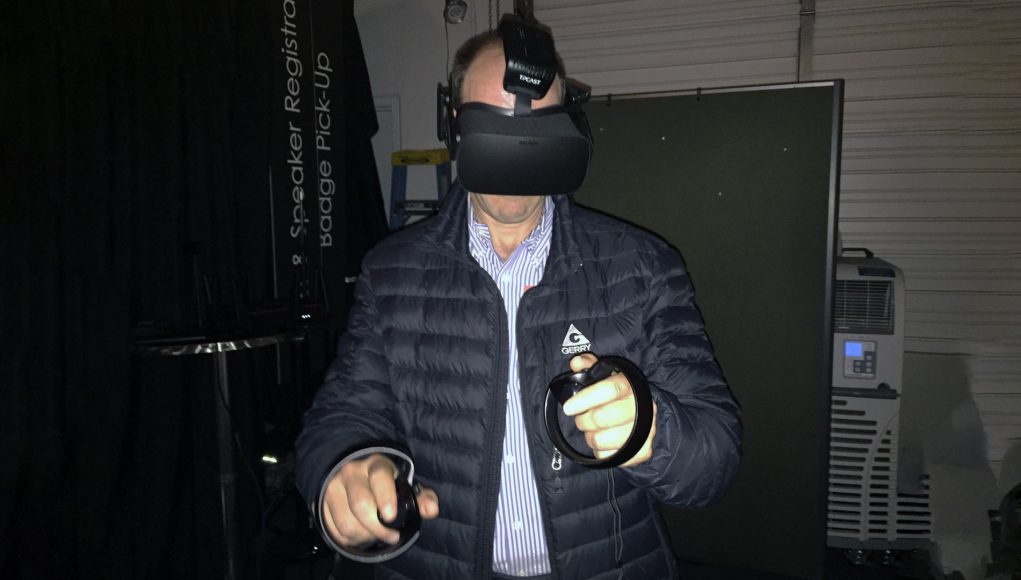TPCAST announced last month plans for an Oculus Rift version of their wireless module. This week at the SVVR offices in Silicon Valley, the company showed off a functional version of the module for the first time. The unit is said to be available by year’s end, and will have the same or similar $300 price as the HTC Vive module.

At the SVVR Meetup #46 on Tuesday, TPCast showed the first public demo of their wireless Oculus Rift module. The system eliminates the Rift’s tether by attaching a transmitter to the wearer’s head which sends the headset’s USB and HDMI data over a 60GHz connection to a receiver which connects to the host computer. The system is powered by a belt-worn battery which is said to last several hours.
VR industry insider Jon Oakes was present at the Meetup shared his experience of trying the demo with Road to VR.
The demo they showed was Google Earth VR, and performance seemed perfectly acceptable. I did not notice any significant frame drops even when moving my head back and forth rapidly. I was not able to fully test the range limits given our space constraints but it definitely performed well in standard Vive room-scale range. It was comfortable although it’s still an extra box on top of your head and it made adjusting the head strap a bit challenging. I don’t think this would be a problem for personal use but in an environment like an arcade some thought would have to be given to quickly adjusting the strap lengths for varying head sizes.
Weight wasn’t too much of an issue since most of the weight was on the battery which hangs from your belt/pants. I’m not sure what they would do if someone were not wearing pants (such as someone wearing a dress) but for an arcade environment a simple nylon belt should hold it fine.
It definitely felt good to not have to worry about wires. I realized I was subconsciously managing my movement after spending a lot of time in VR navigating the cables we all have currently, but after a few minutes I was able to relax more and feel a bit more connected to the virtual environment because of not having the ‘anchor’ of the VR headset cable to the real world. A properly configured chaperone system is really important however because without wires you do lose some sense of where you are in relation to your play space.
Oakes further said that performance during his time with the unit felt just like he’s used to in a typical wired scenario. From my own experience testing the Vive version of the TPCast wireless module at several different events, performance was hit or miss from one event to the next, but it seemed that in situations where the module was set up optimally and in an ideal environment, the system is capable of providing a consistent wireless experience without impacting visual performance.

At the event, Udi Yuhjtman, TPCast’s GM of North America, said that the Rift version of the module would be priced at or near the same $300 for the Vive version—a price point which is more appealing to VR arcades than home users, but which could still interest power users, especially with the cost of these headsets plummeting in the last 12 months. Due to differences in cabling, the company says the two modules are not interchangeable.
Yuhjtman said that FCC certifications, which were blamed for missed deadlines for the launch of the Vive version in the US, won’t need to be redone since the two modules are so similar. The company says that the Rift version of the headset is in production now and is due out by the end of the year, presumably alongside the Vive version.







